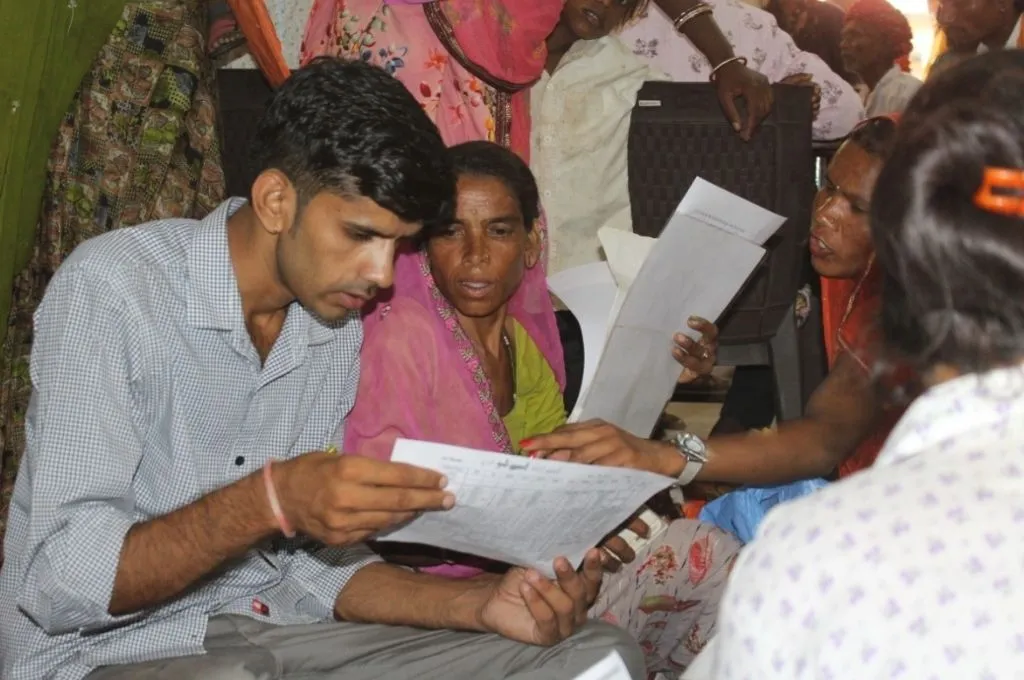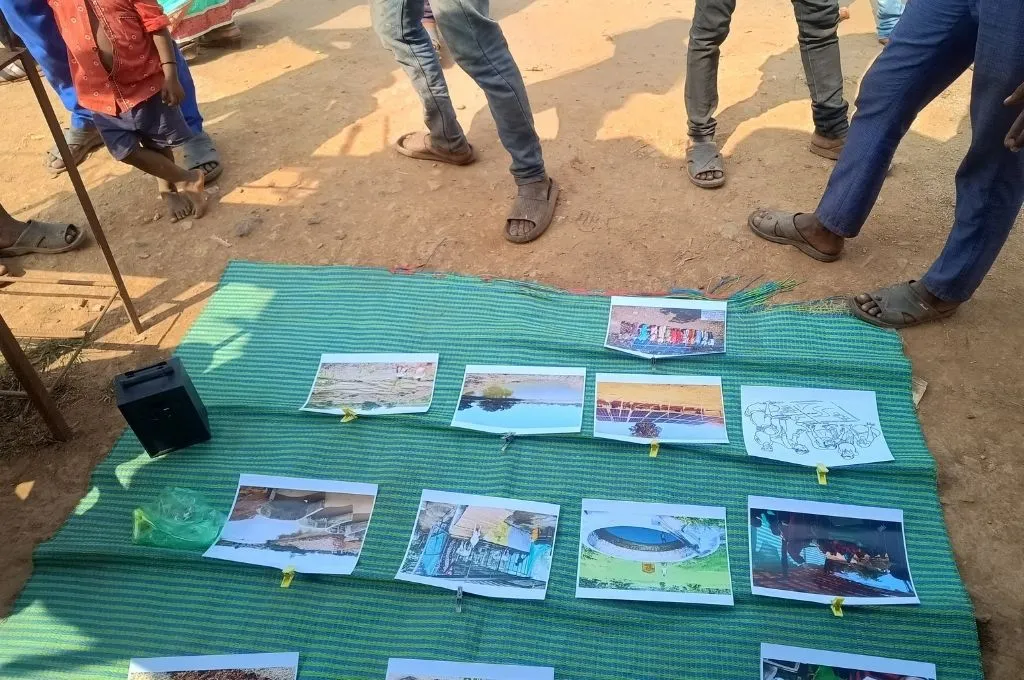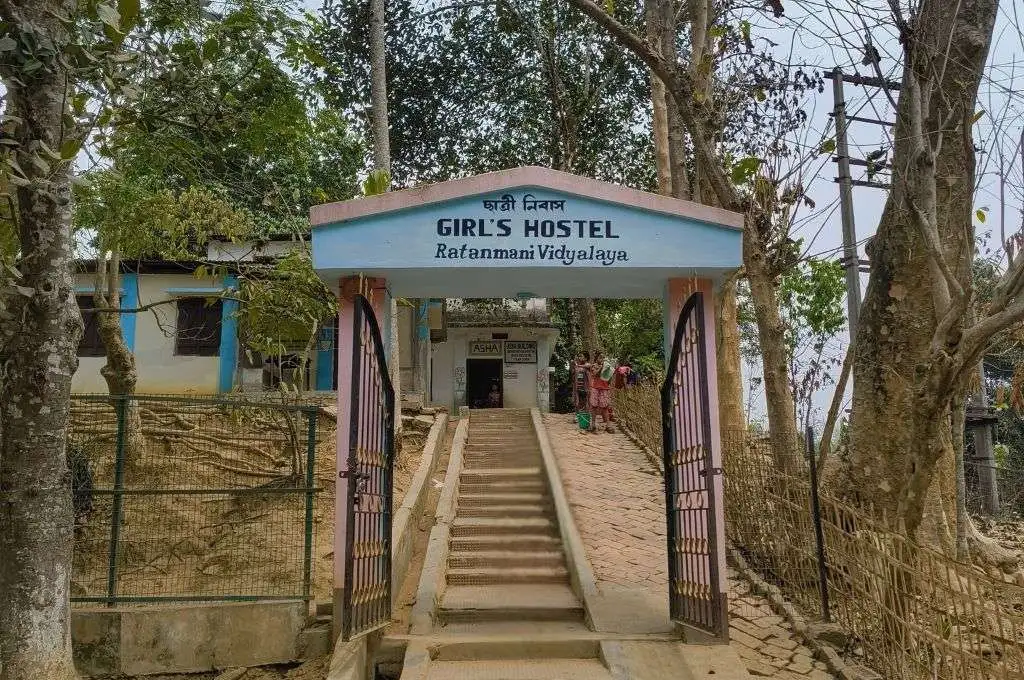READ THIS ARTICLE IN
The rice and fall of a crop: Bihar’s failed black rice experiment
With black rice selling at high rates in the neighbouring state of Assam, it was hardly a surprise that this variety caught the fancy of a few farmers in Bihar. However, their attempts to rise above poverty by experimenting with something new had the opposite effect.
Manoj Kumar, a resident of Sondiha village in Gaya district’s Guraru block, heard from a relative that black rice can sell at rates as high as INR 10,000–15,000 per quintal. Lured by the proposition of making money, Manoj and other farmers in the village decided to cultivate black rice on more than 10 acres of land. As word spread about the ‘super grain’, eight more villages in Gaya were determined to try this out. The farmers were expecting a yield of 12 quintals per bigha. However, things didn’t turn out as planned.
At the time of replanting the paddy, Manoj used approximately 25 kg of urea. “It was only later that we got to know that this fertiliser should not have been used. Due to urea, the length of the plant increased and the paddy crop began to fall in the fields itself. All our hard work was now in vain. I managed to get only 6 quintals of black rice from one bigha,” said Manoj.
But the black rice cultivators’ biggest problem was the difficulty they faced in finding a buyer. “The market for this product is almost nil in Bihar,” says Manoj. In the absence of a local market, the farmers sold their paddy to a businessman from Chhattisgarh for INR 4,500 per quintal, which was less than half of the rate they were expecting to sell at but still double the price of common paddy in Bihar.
Farmers who have suffered losses due to black rice cultivation express dismay. “We were shown the dream that this paddy will bring good yield and income, but that was not the case. Usually, 12 to 14 quintals per bigha of common rice [fetching a maximum of INR 23,800] is produced here, but we got only 6 to 7 quintals of black rice [maximum INR 31,500]. We do not know what to do with this rice now. It is lying unused in the houses of many farmers. We will think twice before cultivating it again,” Manoj says.
Ramnath Rajesh is an independent journalist in Gaya, Bihar. This is an edited excerpt from an article that was originally published on 101 Reporters.
—
Know more: Learn why farmers in West Bengal’s Hakimsinan village want to go back to traditional paddy farming methods.
Do more: Connect with the author at ramnathrajesh11@gmail.com to learn more about and support his work.



